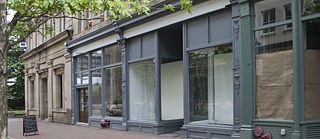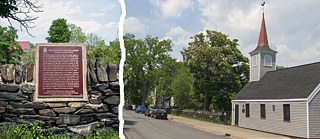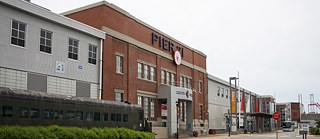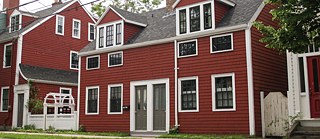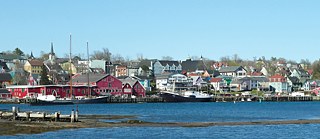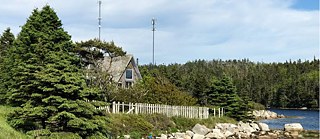On the traces of Germany in Halifax and surroundings
Did you know...
... that Lunenburg was the first German settlement in Canada and was designated a UNESCO World Heritage Site in 1995?
During the 18th century, Britain recruited mercenary soldiers from all over Europe to ensure its preeminence over France. Therefore, many Germans settled in Nova Scotia. Besides the idyllic port town Lunenburg, many more German traces can be found in Halifax and its surroundings. Some streets and bus lines are named after German cities. A Halifax borough named "Schmidtsville", which derives from the name of a German captain has some architectural peculiarities to discover! While historical German settlement can be traced in the cityscape of Halifax, one can find some more recent German traces in the fields of arts and sciences.